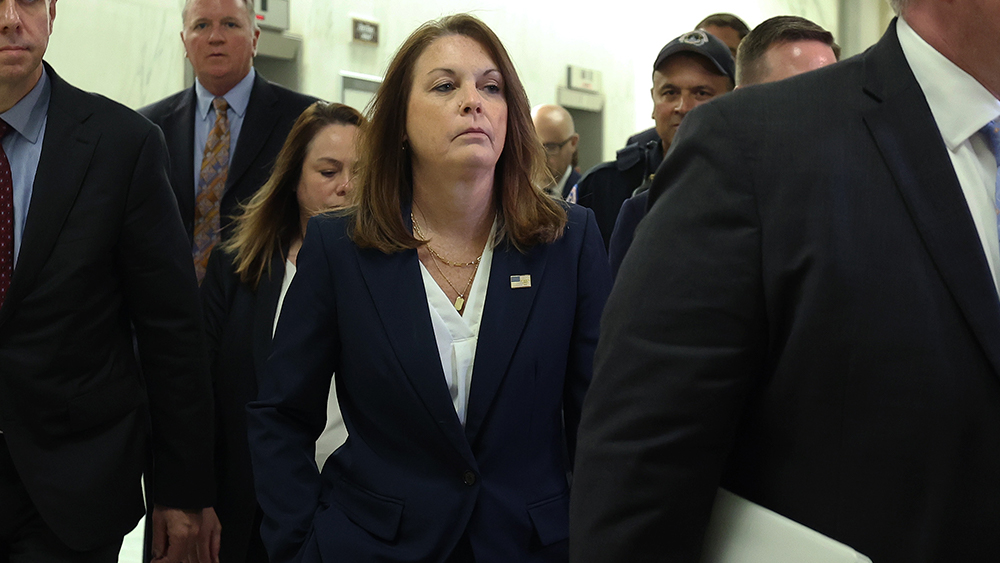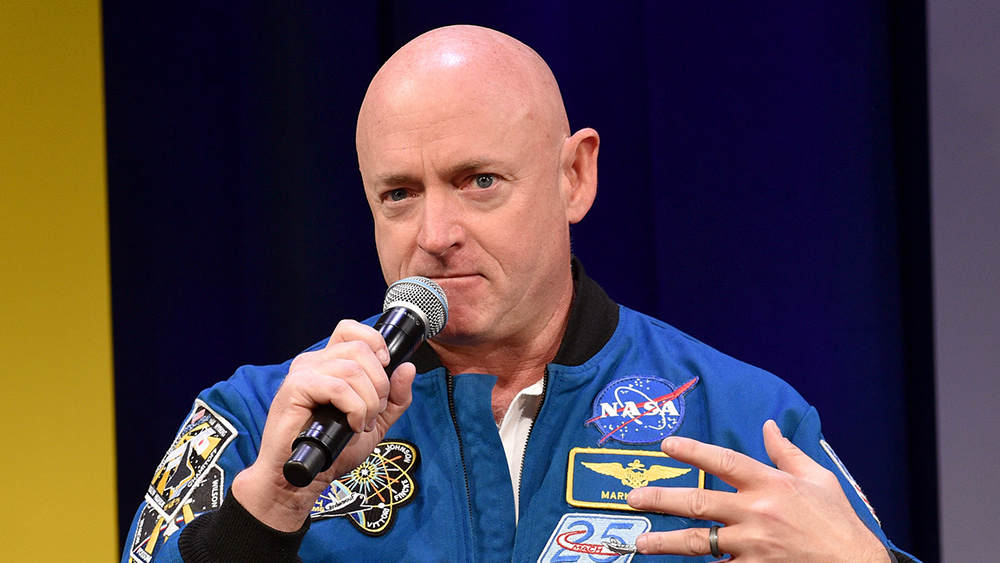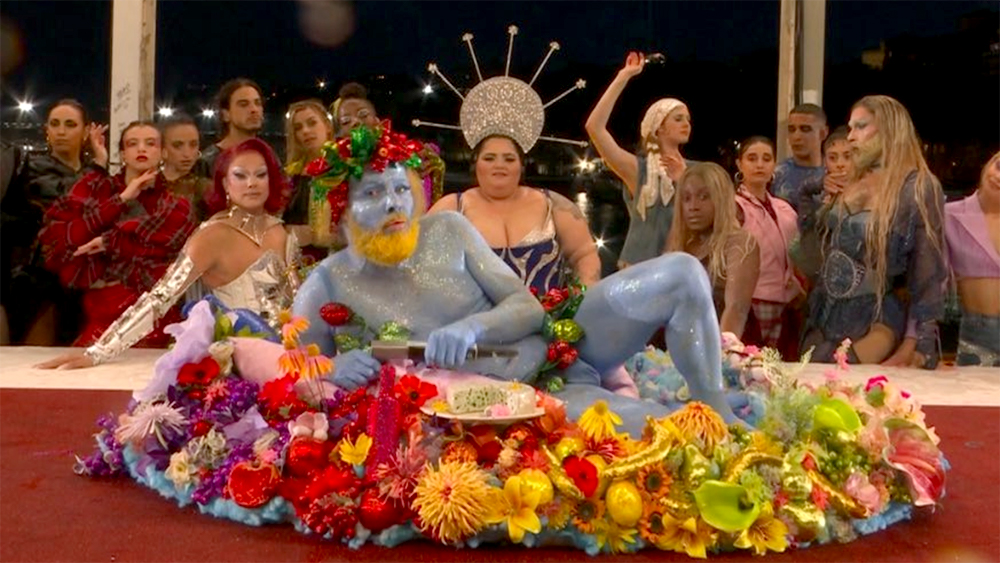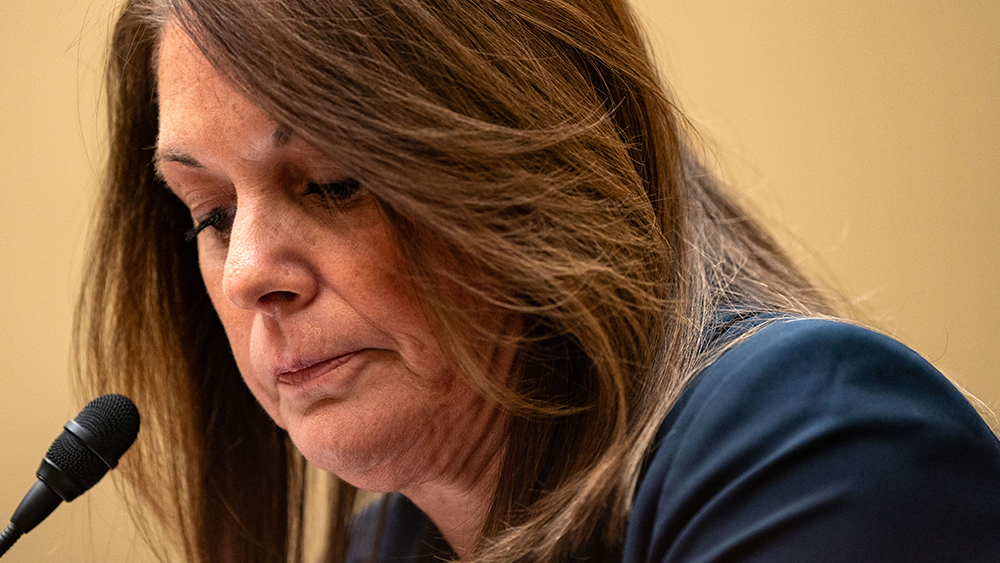Canada’s assisted suicide regime has become a conveyor belt of horror stories
08/01/2024 / By News Editors

I have many fears about Canada’s euthanasia regime. I am afraid that the activists at Dying with Dignity will succeed in explicitly expanding eligibility to children, the disabled, and those suffering from mental illness. I am afraid that families will one day be powerless to stop their mentally suffering loved ones from obtaining a lethal injection, and that the force of the state will stop them from intervening. I am afraid that Canada’s radical leftist judiciary will strike down attempts to limit our euthanasia regime.
(Article by Jonathon Van Maren republished from LifeSiteNews.com)
But what I am most often afraid of is that we will become numb to the steady conveyer belt of horror stories that arrive almost weekly now – that the sheer volume of these stories will eventually cease to shock us, and that we will accept them as the norm not because we morally approve but because, like our tacit acceptance of abortion until birth, we simply become used to this new status quo.
For example, on July 19 I interviewed Roger Foley, a Canadian with disabilities, for LifeSiteNews. He explained how medical professionals have consistently brought up assisted suicide as an option for him, even when he has admitted that he feels suicidal. On July 10, I covered the story of Tracy Polewczuk, a woman who suffers from spina bifida. She was offered assisted suicide twice, and like Foley, explained that the pro-active offering of a lethal injection profoundly impacted her. They are not the only ones – we have been hearing these stories for years. They leak out of our medical institutions like blood seeping under a clinic door.
Heather Hancock, a Canadian with cerebral palsy, wrote an op-ed for the Euthanasia Prevention Coalition revealing that a nurse in Alberta told her “to do the right thing and consider MAiD,” Canada’s assisted suicide program. She, too, has been encouraged to accept medicalized killing multiple times. Since the legalization of assisted suicide, she wrote, there has been a change in how she is treated:
In [the] hospital, I discovered a change in the attitudes of nurses, doctors, orderlies, and therapists. There was a subtle undercurrent that was almost tangible. I had nurses neglecting me, forcing me to try and walk while they stood at a distance and watched with arms crossed. It was evident the medical staff preferred not to treat me.
In 2018, she was asked by a doctor at Victoria General Hospital if she’d ever considered assisted suicide. In 2019, at the same hospital, she was offered assisted suicide once again. To escape the medical system in British Columbia, Hancock moved to a town on the Saskatchewan-Alberta border. After a fall, she was taken to the hospital in Medicine Hat, where during a three-week stay, a nurse came to her bed and advised her to opt for assisted suicide. “If I were you, I would take it in a heartbeat,” the nurse said. “You’re not living, you’re existing.” Hancock was horrified and told the nurse she would never choose assisted suicide and that her “life has value and no human being has a right to say otherwise.”
Stories like those of Foley, Polewczuk, Hancock, and many others should be deeply disturbing to us – they are indicative of a human rights crisis that has grown at a breathtaking pace over the past few years. Suffering, sick, and disabled Canadians are constantly being offered assisted suicide when they are at their most vulnerable, while Dying with Dignity activists and euthanasia advocates such as Dr. Ellen Wiebe claim that all is well in Canada’s killing regime. Because the truth is so horrible, many people prefer to listen to these reassuring voices. The alternative is to recognize that Canadians are being bullied into lethal injections in places of care.
Despite all this, the Canadian press is now campaigning to see the last safe spaces for the suffering removed. A key goal of the euthanasia activists is to force all institutions – religious or not – to offer and conduct lethal injections on site. First suicide became a “right”; offering it has become an obligation. And so we get stories with titles like this, from CTV: “A B.C. woman turned to MAID for peace. Her family says her death was undignified, traumatic.” The parents and doctor of a woman who died by euthanasia are suing both Providence Health Care and the B.C. government because she had to transfer out of St. Paul’s Hospital to get a lethal injection.
The CBC followed that story with another report focused on Providence Health Care: “Providence Health reveals 19 patients were forced to transfer this year due to its MAID policy.” Notice the framing of the story – no patient was “forced” to do anything. Some hospitals don’t kill people, and so if you are seeking a lethal injection, you must transfer elsewhere. The CBC chose not to speak to disability advocates or others who could have highlighted the extreme importance of euthanasia-free places – instead, they spoke with University of Ottawa professor Daphne Gilbert, who worked with Dying with Dignity Canada on a legal challenge to force hospitals to offer it on-site. “Dying with Dignity” is described, absurdly, as a “human-rights charity.”
Canada’s journalists should, at this point, know how disastrous legal euthanasia has been. They have reported many of the abuses; they have surely read coverage of the abuses published right across the anglosphere. But they have not learned their lesson. Once again, they are doing the bidding of Canada’s euthanasia activists and exploiting the pain of the dying to force killing into the last safe places in the country.
Read more at: LifeSiteNews.com
Submit a correction >>
Tagged Under:
assisted suicide, bad doctors, Canada, culture wars, current events, dangerous doctors, demonic times, euthanasia, evil, health care, Hospitals, insanity, left cult, MAID, medical extremism, medical violence, medicalized killing, suicide, Twisted, Xpost
This article may contain statements that reflect the opinion of the author
RECENT NEWS & ARTICLES
COPYRIGHT © 2017 TWISTED.NEWS
All content posted on this site is protected under Free Speech. Twisted.news is not responsible for content written by contributing authors. The information on this site is provided for educational and entertainment purposes only. It is not intended as a substitute for professional advice of any kind. Twisted.news assumes no responsibility for the use or misuse of this material. All trademarks, registered trademarks and service marks mentioned on this site are the property of their respective owners.




















